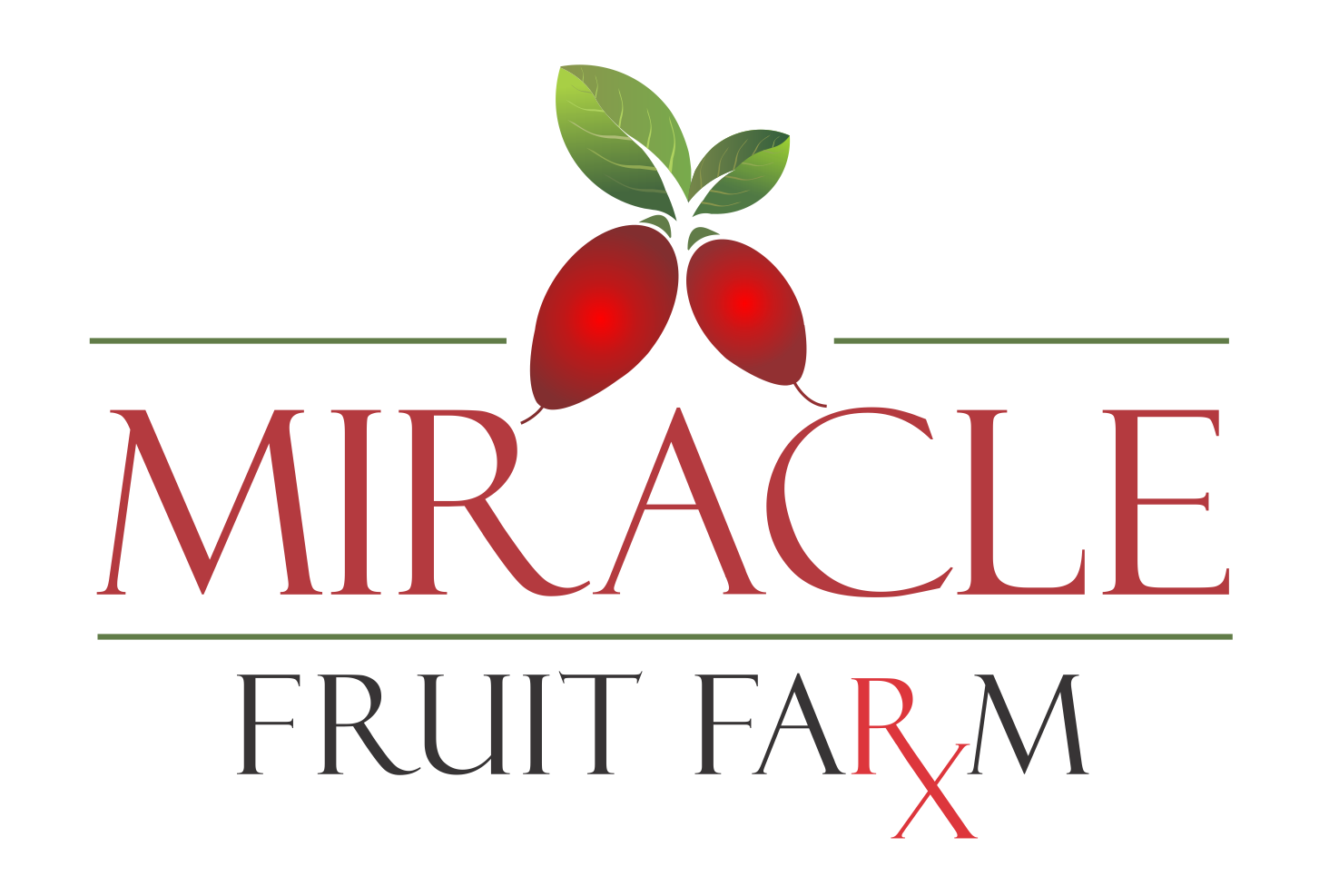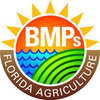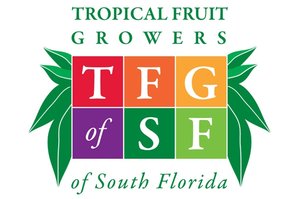(click questions to reveal answers)
Q: Where is the fruit from? ▿
A: Miracle fruit are native to Ghana, West Africa, where they are known as Agbayun which translates literally to “miraculous berry.” The fruit has a unique glycoprotein that has the amazing ability to make sour flavors taste sweet. Native West Africans commonly use the berries to make soured maize bread more palatable and to sweeten their home brewed beer and wines.
Q: How do I eat a Miracle Fruit berry? ▿
A: By simply moving the pulp of the pleasant tasting fruit over the tongue sour flavors are instantly disguised as sweet. The glycoprotein, called miraculin, coats the tongue with an invisible barrier that only allows sweet sensations to be transmitted to the brain from the sour taste buds. The effects can last 1-2 hours, and are slowly diminished by saliva and drinking.
Q: How do I use this amazing fruit? ▿
A: The uses for the fruit are truly limited only by one’s imagination. As a novelty they can used to make sour fruits like lemons taste like lemonade. They can enhance the flavor of sweet to sub-acid fruits like grapefruit, strawberries, and lychees making them taste like they are sugar coated. Other foods commonly consumed with miracle fruit are pickles, cheeses, and straight vinegar. From getting kids to eat their vegetables to simply showing off to friends the possibilities are endless.
Q: What should I try with Miracle Fruit ▿
A: So many things go great with Miracle Fruit. Here’s a list to try, starting with our top five.
Lemons - they will taste like the sweetest lemonade you ever had with no sourness at all. Don’t be surprised if you end up eating an entire lemon. Lemons best demonstrate both the flavor masking and the sweetening effect of the miracle fruit. Technically the overall flavor of the lemon goes down since the flavor the brain associates with them is sourness while the sweetness simultaneously goes way up (flavor goes down, sweetness goes up).
Balsamic vinegar - it becomes sweet tasting like raspberry syrup. Pay attention and see if it actually feels thicker like syrup as well. Is it or is it all in your mind?
Beer - Guinness tastes like a chocolate malted shake. Corona with a lime tastes like Corona with honey. Does it feel thicker too?
Pennies - suck on some pennies to experience the metallic flavor chemo patients must endure and then see how the miracle fruit helps diminish it. This demonstrates the flavor masking abilities of the fruit and one of it’s most valuable applications.
Strawberries - the slight acidity of the fruit is completely masked making them incredibly sweet like they are coated in confectioner sugar all while the natural flavor of the strawberry is greatly enhanced. Strawberries most perfectly demonstrate the simultaneous sweetening and flavor enhancing effect of the miracle fruit (sweetness goes up and flavor goes up).
Other Favorites
BBQ sauce, dark chocolate, blackberries, bleu cheese, celery, cherries, cottage cheese, cranberries, grapefruit, hot sauce, jalapeños, ketchup, kiwi, mustard, oranges, pickles, pineapple, pomegranate, raspberries, salt & vinegar chips, sour cream, tea, tequila, tomatoes, tonic water, vinegar, and watermelon.
Q: What doesn’t work well with Miracle Fruit ▿
A: Generally foods that are alkaline or bland have little to no effect with miracle fruit. Some examples are American cheese, bananas, chocolate, coffee, French fries, lettuce, meat, milk, vanilla ice cream, and water.







